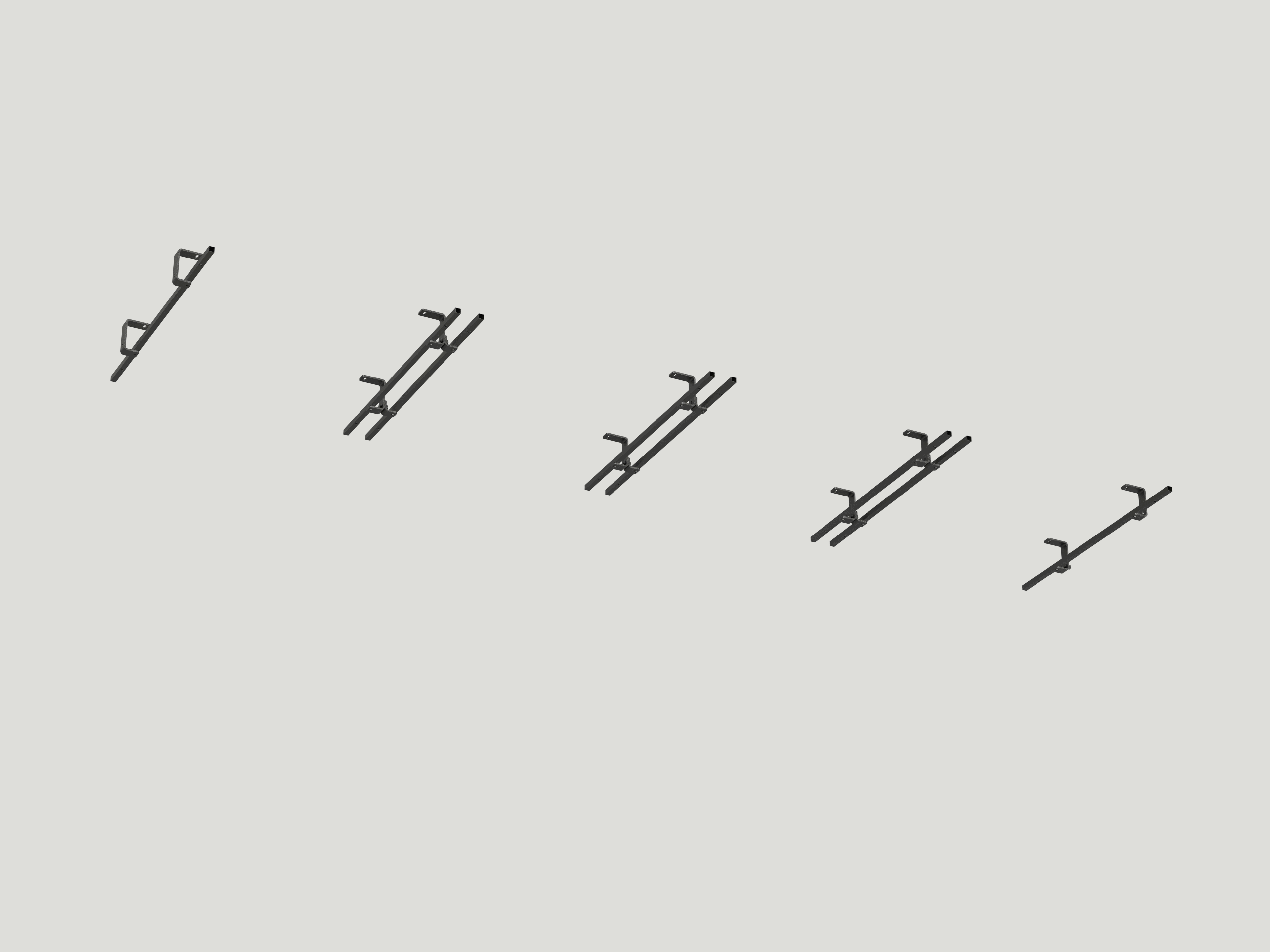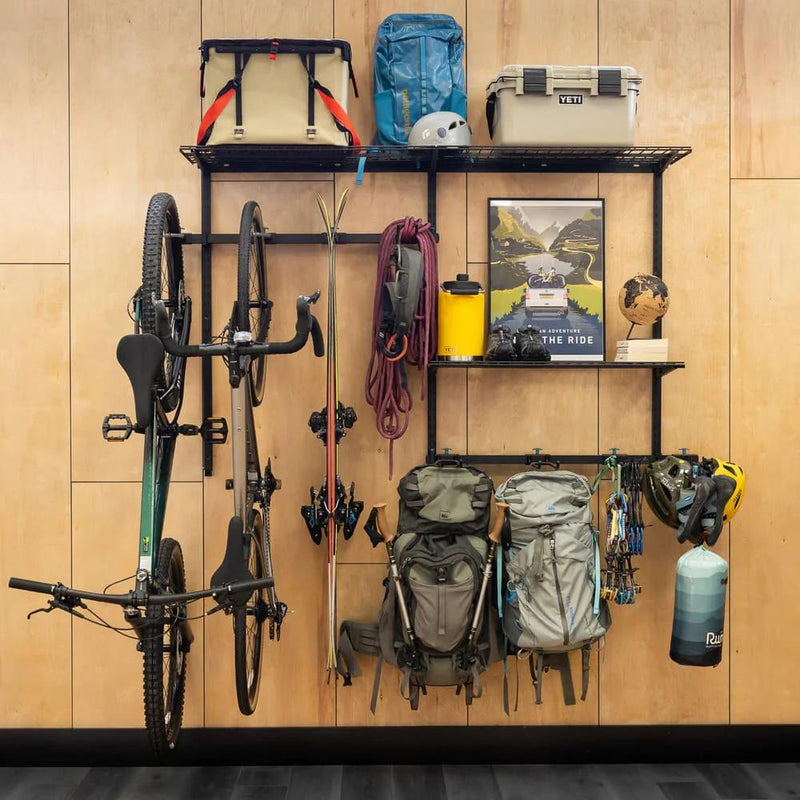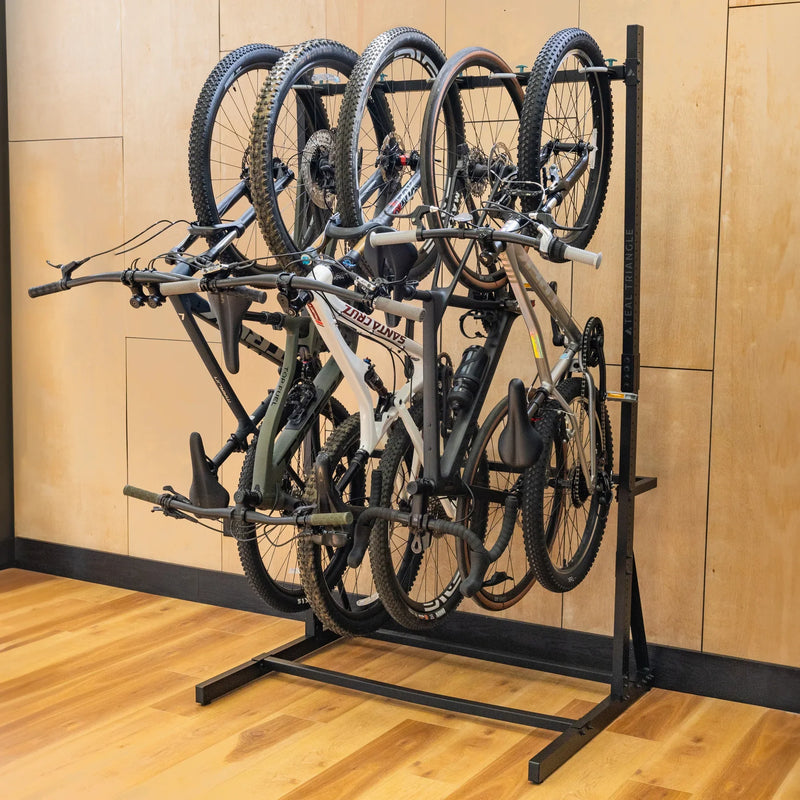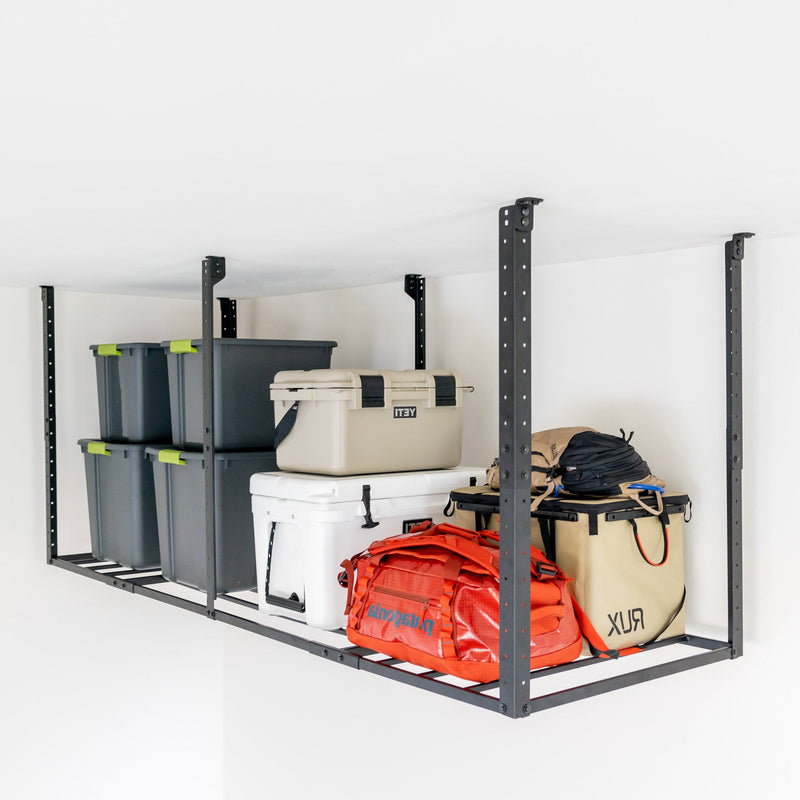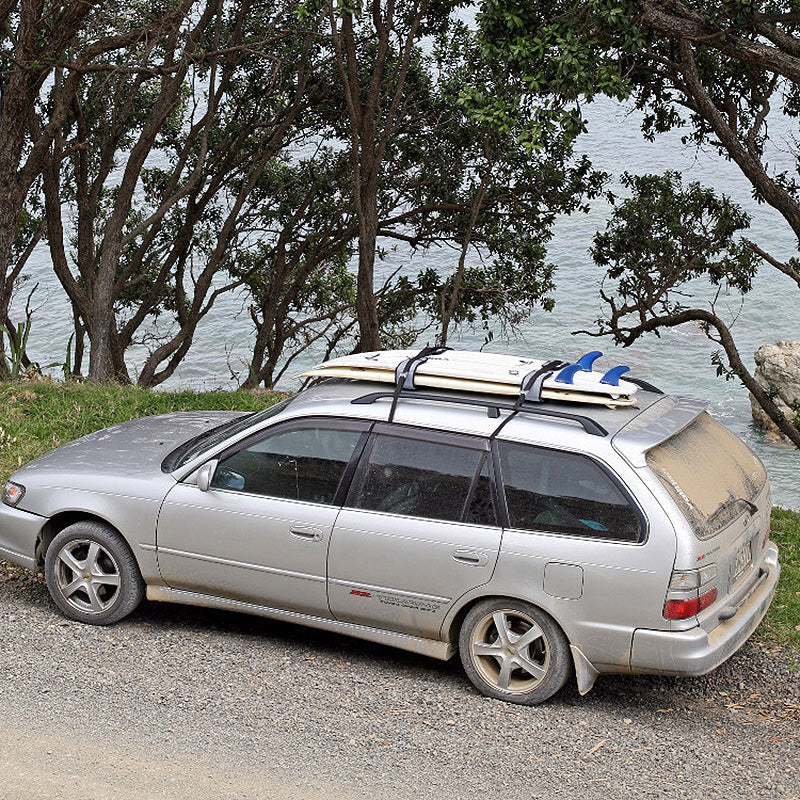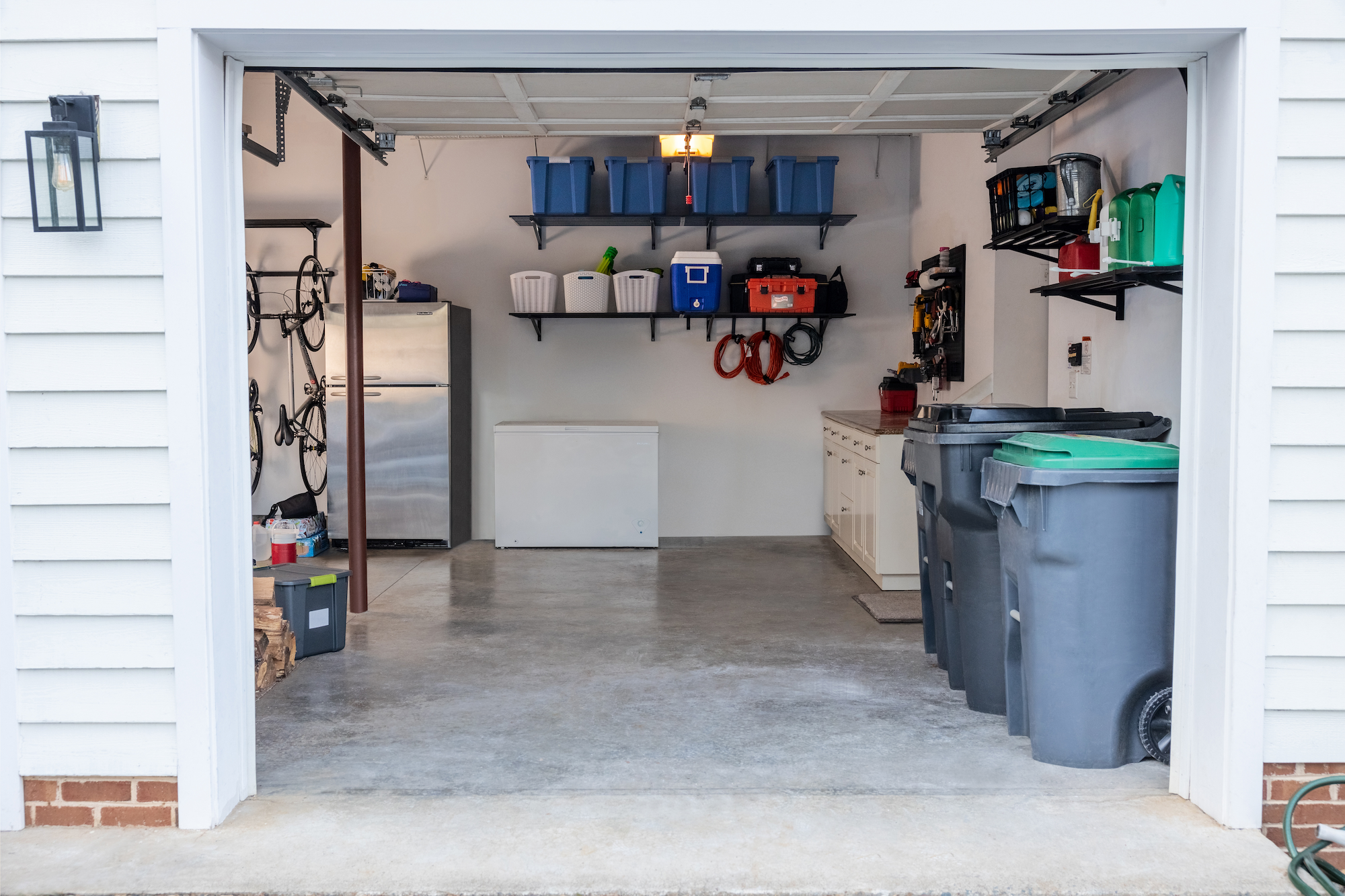Skateboarding today is a very popular sport, and many who are involved in it, whether they are riders themselves or simply spectators, collect vintage skateboards. These relics of the 1960s, 1970s, and 1980s, go back to the earliest forms of the sport. Many skateboards from this era look nothing like modern boards. Called “old school” by modern skateboarders, vintage skateboarding decks have a great aesthetic that is a lot of fun to display in your home.
When collecting vintage skateboards, look for brands or styles that were very popular in their day. Many of these were created by the sport’s earliest pros, such as Stacy Peralta, who sold his board designs under the “Powell Peralta” brand name. Today, these boards often sell for upwards of a thousand dollars. These high-end boards from the past are hard to come by. Not only are they prized by collectors, but they were also produced in very small quantities. During the sport’s infancy, there simply were not as many skaters around. Those who did purchase boards often did not have the money to invest in high-end boards; these kids were working odd jobs like mowing lawns to save up the money to buy themselves a board.
Now collectors’ items, vintage boards went through several incarnations before settling on the size and style of a modern skateboard. For example, those made from the 1950s through the 1970s were shaped more like a surfboard, and constructed of solid wood or plastic. A few even had metal decks. Most were only six or seven inches wide, and had clay or metal wheels that were originally designed for roller skating.
Skateboards produced in the late 1970s, the second incarnation of boards, use modern urethane wheels rather than clay or metal wheels. Incorporating trucks and other components that are much closer in style to modern skateboards than those produced in the 1950s through the early 1970s, these boards often had decks made of polypropylene, fiberglass, or other modern materials, though maple plywood was the most popular material.
The 1980s is known for boards with creative artwork. During this era, many top skateboarders owned their own skateboard companies or provided creative input for board design. These boards are among the most popular for collectors because of their individualist style. Some were even produced in limited editions, making them even more difficult to come by today.
Vintage skateboard collectors consider not only the skateboard style and its rarity, but also its condition. The most prized vintage skateboards are those that are still usable, though most collectors display them rather than using them. Their wheel design was much harder to control than those on modern boards, so you may find it difficult to ride a vintage board even if you are a skilled skateboarder. Today’s skateboards, in contrast, use modern materials and have trucks and wheels that have been designed specifically for skateboards, making them easier to ride.
If you like the vintage style but don’t necessarily want a skateboard that is several decades old, consider a reissue of a vintage “old school” skateboard. These are great for skaters who love the look and feel of the older boards, but don’t want to purchase an original, or can’t find an original issue of the board they want.
Once you've started your vintage skateboard collection, put them on display with skateboard racks that double as storage and decor.

